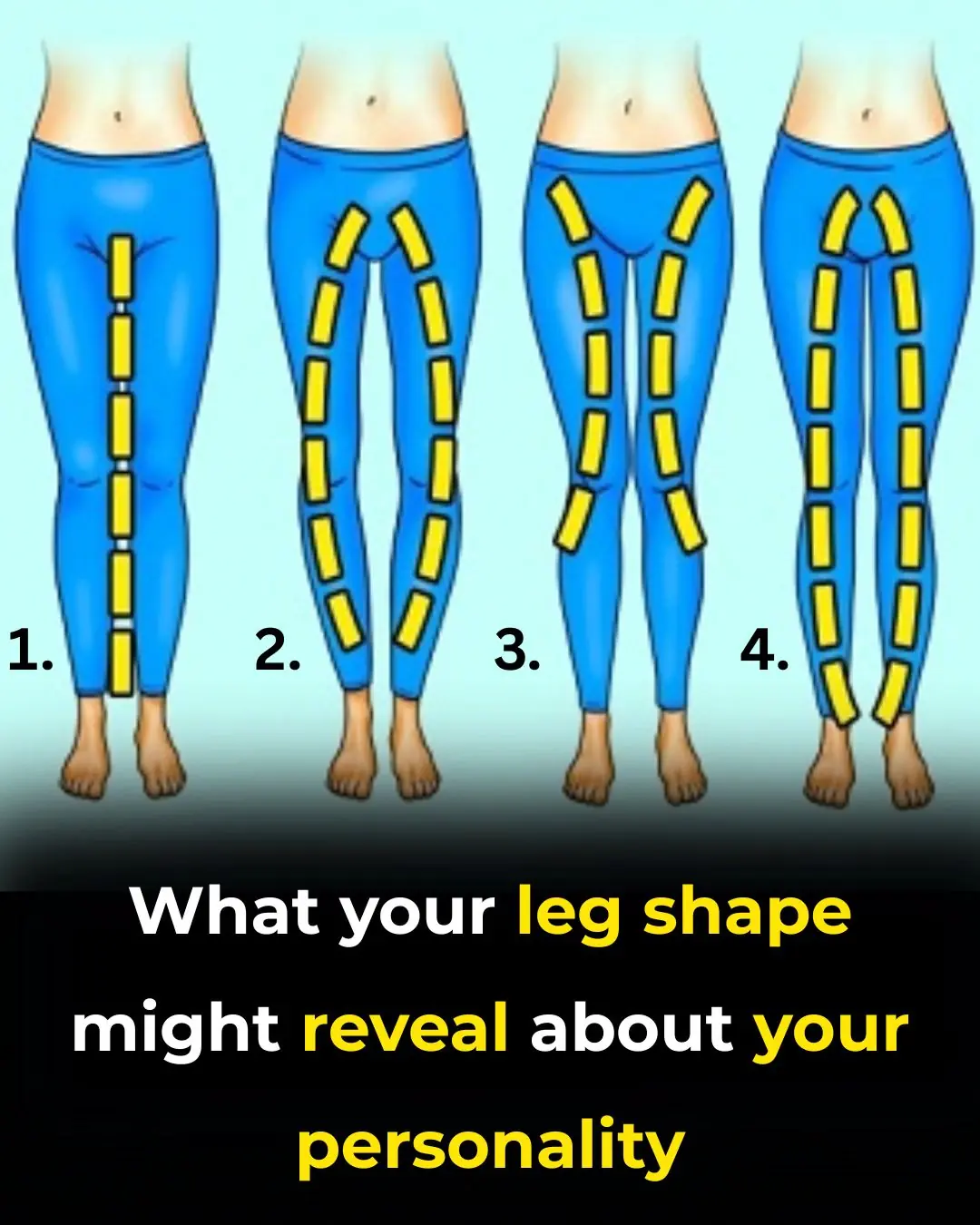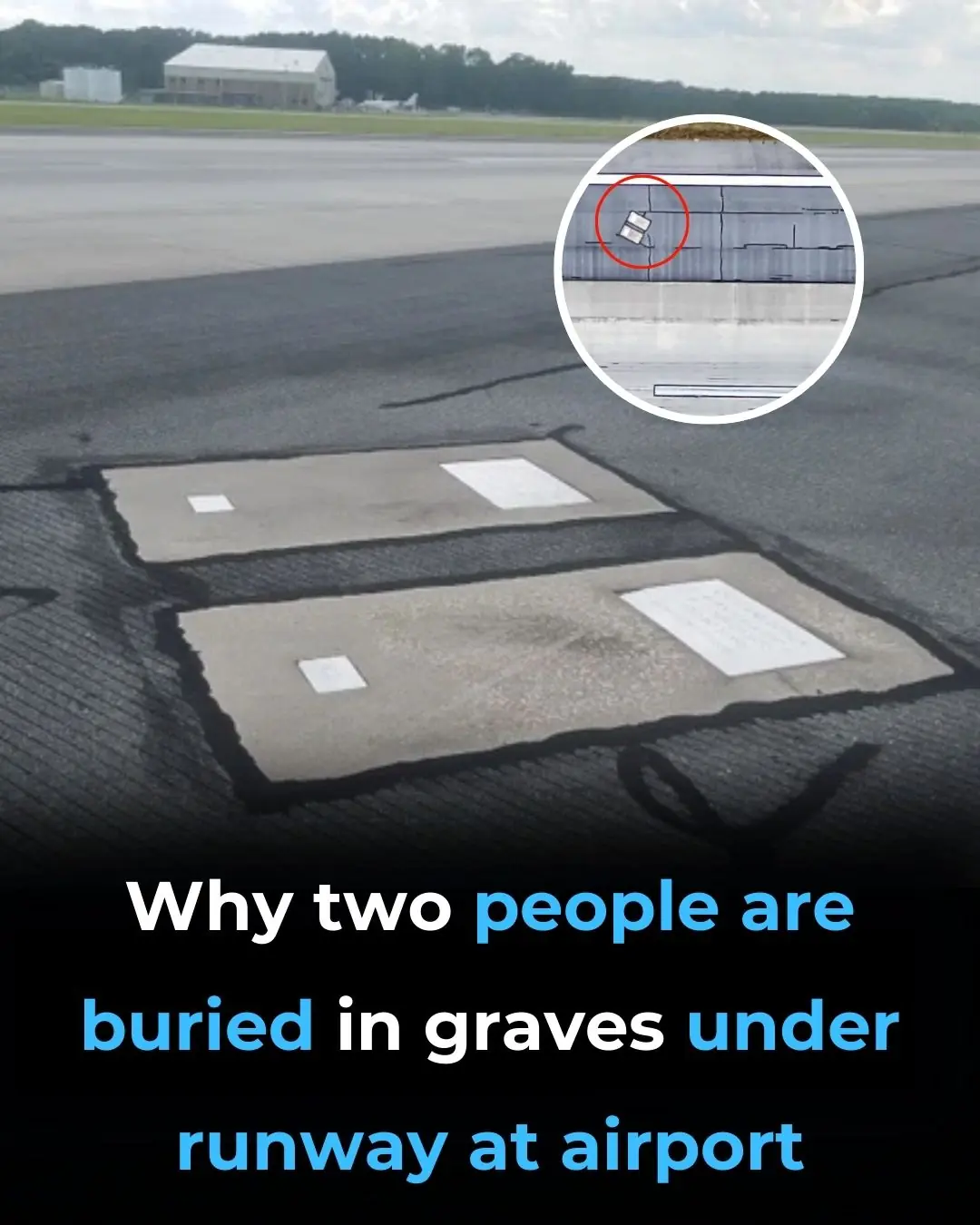If you’ve ever entered a public restroom and questioned why the stall doors end well above the floor, you’re not the only one. What might appear to be a design mistake is, in fact, an intentional choice that offers several advantages for safety, cleanliness, and cost-effectiveness.
Facts 11/09/2025 16:18
Why Public Bathroom Doors Don’t Reach the Floor – The Real Reason Revealed
The gaps and inward-swinging doors are designed for practicality, serving purposes like enhancing safety and improving efficiency, rather than being the result of poor design.
The truth is, those gaps aren’t an accident—they exist for very practical reasons that most people have never considered. From emergencies to cleanliness, here’s why restroom doors are built this way and why it actually makes your experience better.

- Medical Emergencies Are Easier to Spot
One of the most important reasons for partial doors is safety. If someone inside suffers a medical emergency or loses consciousness, the gap allows others to notice and respond quickly. In urgent situations, those precious seconds can make a real difference.
- Quick Way to Check Occupancy
Nobody enjoys the awkward moment of knocking on a stall or jiggling a locked handle. With gaps at the bottom, it’s easy to see at a glance if someone’s already inside, saving both time and embarrassment.
- Better Ventilation and Fresher Air
Restrooms can quickly become stuffy and unpleasant. The extra space at the bottom of doors allows air to circulate more freely, helping odors dissipate faster. While it doesn’t eliminate every issue, it does contribute to a noticeably fresher environment.
- More Cost-Effective Design
Partial-length doors are cheaper to manufacture, install, and repair compared to full-sized ones. For businesses and public facilities managing dozens of stalls, this translates into significant long-term savings without sacrificing function.
- Discourages Misuse or Unsafe Behavior
The open design naturally discourages people from misusing the space. With more visibility and less privacy for non-bathroom activities, public restrooms remain safer for everyone.
- Easy Escape from a Jammed Lock
Getting stuck inside a stall is inconvenient—and stressful. With space beneath the door, you can crawl out if the lock malfunctions, avoiding an embarrassing situation and an expensive repair call.
- Help in Case of Toilet Paper Shortages
We’ve all had that awkward moment when supplies run out. Thanks to the gap, you can discreetly ask someone in the next stall to hand you what you need—without shouting across the room.
- Encourages Faster Use
Studies show people spend less time in stalls with partial doors, which helps reduce long waiting lines in busy places like airports, stadiums, or shopping malls. The design subtly keeps things moving.
- Easier for Custodians to Clean
Cleaning staff can quickly mop, spray, or sanitize the floors without opening every single stall door. This saves time, makes deep cleaning more efficient, and helps maintain better hygiene standards.
- Reduces Flooding Risks
In the event of a plumbing problem, water can flow out from under the stalls rather than becoming trapped inside. This prevents flooding from escalating and makes it easier to spot and fix the problem quickly.
Bonus: Why Do Bathroom Doors Usually Open Inward?
There’s logic behind that too:
- Safety first: No risk of hitting someone walking past.
- Emergency access: Easier to push open from outside if needed.
- Smell control: Keeps odors more contained within the stall.
- Smoother pathways: Prevents door swing from blocking crowded walkways.
Final Thought
Next time you step into a public restroom, those design quirks might not feel so strange. From boosting safety to speeding up lines, the gaps and inward-swinging doors are more about practicality than poor planning. What seems like an inconvenience is actually a design choice that benefits everyone who uses the space.
News in the same category

What the Shape of Your Legs Might Say About Your Personality
Facts 12/09/2025 13:46

Weird Toothed Part on Kitchen Scissors
Facts 11/09/2025 22:29

Ring Finger Longer Than An Index Finger
Facts 11/09/2025 22:18

The Story Behind Two Runaway Graves in Savannah Airport
Facts 11/09/2025 21:08

The Simple Object That Might Baffle the Younger Generation
Facts 11/09/2025 21:06

World’s Oldest Woman Lived to 117 By Eating the Same Meal Every Day
Emma Martina Luigia Morano, the world’s oldest woman at the time of her passing, credited her extraordinary 117 years of life to a mix of genetics, resilience, and one very peculiar daily diet. Her remarkable story spans two World Wars, personal tragedy

Simple T-Shirt Image Is Driving the Internet Crazy

Scientists Discover Dogs Dream About Playing With Their Owners

Rare 9/11 Footage Reveals Heartbreaking Close-Up of Second Plane Striking Tower

Here’s Why Many Couples Start Sleeping In Separate Beds After 50

Hotel Room Red Flags You Should Never Ignore

The Hidden Fish Puzzle That’s Stumping the Internet

What Are the Loops on the Back of Button-Down Shirts For?

‘Folded Boy’ Miraculously Stands Tall After Years Living With 180° Spine Bend
For over a decade, a young man in China lived with his body bent nearly in half, trapped in a painful “Z-shaped” posture that made everyday life a struggle. Now, after years of suffering and a series of groundbreaking surgeries, he has finally stood u

The shape of your fingertips reveal your true personality

Lonely In Old Age

Japan Unveils World’s First Artificial Womb, Enabling Embryos To Grow Outside The Human Body

Simple T-Shirt Image Is Driving the Internet Crazy

Couple’s Walk Leads to a Rare $70,000 Ambergris
News Post

Symptoms That Can Be Caused by Stress
Health 12/09/2025 13:51

What the Shape of Your Legs Might Say About Your Personality
Facts 12/09/2025 13:46

How surgeon who amputated his own legs was caught as he's sentenced to 32 months in prison
News 12/09/2025 11:47

PlayStation handing out rare refunds to gamers over popular new game
News 12/09/2025 11:45

🌿 17 Health Conditions That May Benefit from Guava Leaf Tea + Easy Homemade Recipe
Health 12/09/2025 11:45

If your non-stick pan has lost its coating, don't rush to throw it away: Just do this, and you can fry and cook without it sticking or falling apart.
Tips 12/09/2025 10:48

The golden 4-hour window for drinking coffee helps your body gain maximum benefits: detoxifying the li:ver and promoting smooth digestion.
Tips 12/09/2025 10:45

Eating boiled bananas at this time, after just 1 week, your body will experience 7 changes
Tips 12/09/2025 10:40

Add potato to coffee to get rid of wrinkles in just 1 week
Beatuty Tips 12/09/2025 10:34

Homemade Rice water & Methi Dana Toner for Glowing Skin
Beatuty Tips 12/09/2025 10:29

The DIY anti-ageing cream that is very effective to get rid of wrinkles and fine lines on your face
Beatuty Tips 12/09/2025 10:27

Herbal Remedies for Strong, Lush Hair: Easy Recipe Everyone Can Make At Home
Beatuty Tips 12/09/2025 10:25

Flaxseed Gel for Wrinkles: The Natural DIY Solution for Smoother, Youthful Skin
Beatuty Tips 12/09/2025 10:21

10 Tomato Slice Skincare Remedies for Wrinkles, Pores, and Glowing Skin: Natural DIY Treatments
Beatuty Tips 12/09/2025 10:19

Super Effective DIYs to Achieve Soft, Pink, and Perfect Lips
Beatuty Tips 12/09/2025 10:16

A Scientific Look at Oregano’s Role in Supporting Wellness
Health 12/09/2025 10:14

Reverse Hair Greying Naturally: Effective Treatments and Remedies for Restoring Hair Color
Beatuty Tips 12/09/2025 10:14

The Incredible Benefits of Plantago lanceolata and How to Use It
Garden Healthy 12/09/2025 09:59

CCF Detox Drink For Glowing Flawless Skin
Beatuty Tips 12/09/2025 09:54

Exploring the Health Benefits of Common Mallow: A Nutritional Powerhouse
Garden Healthy 12/09/2025 09:26